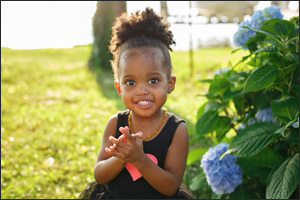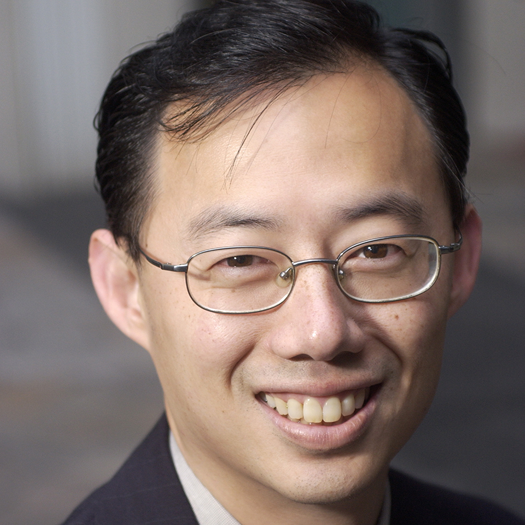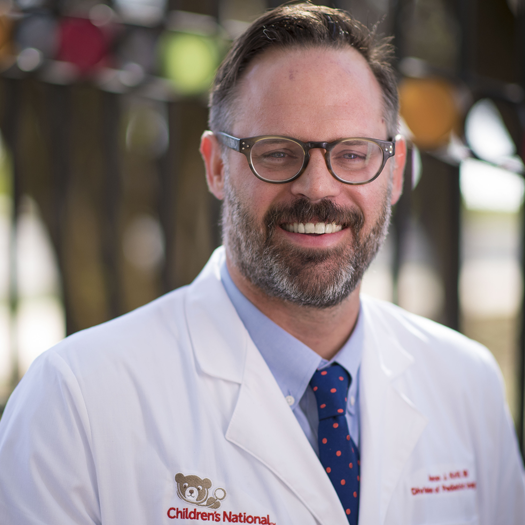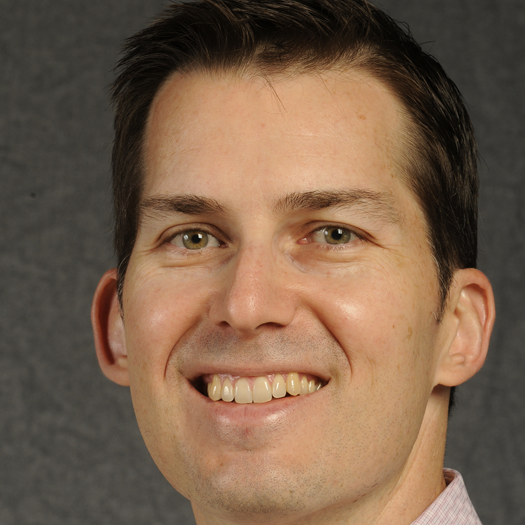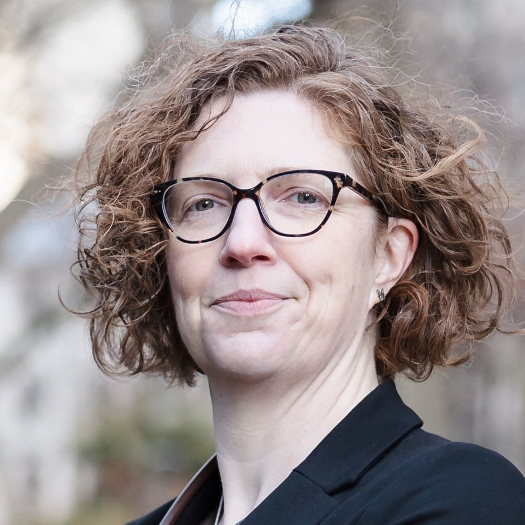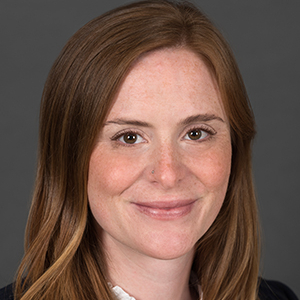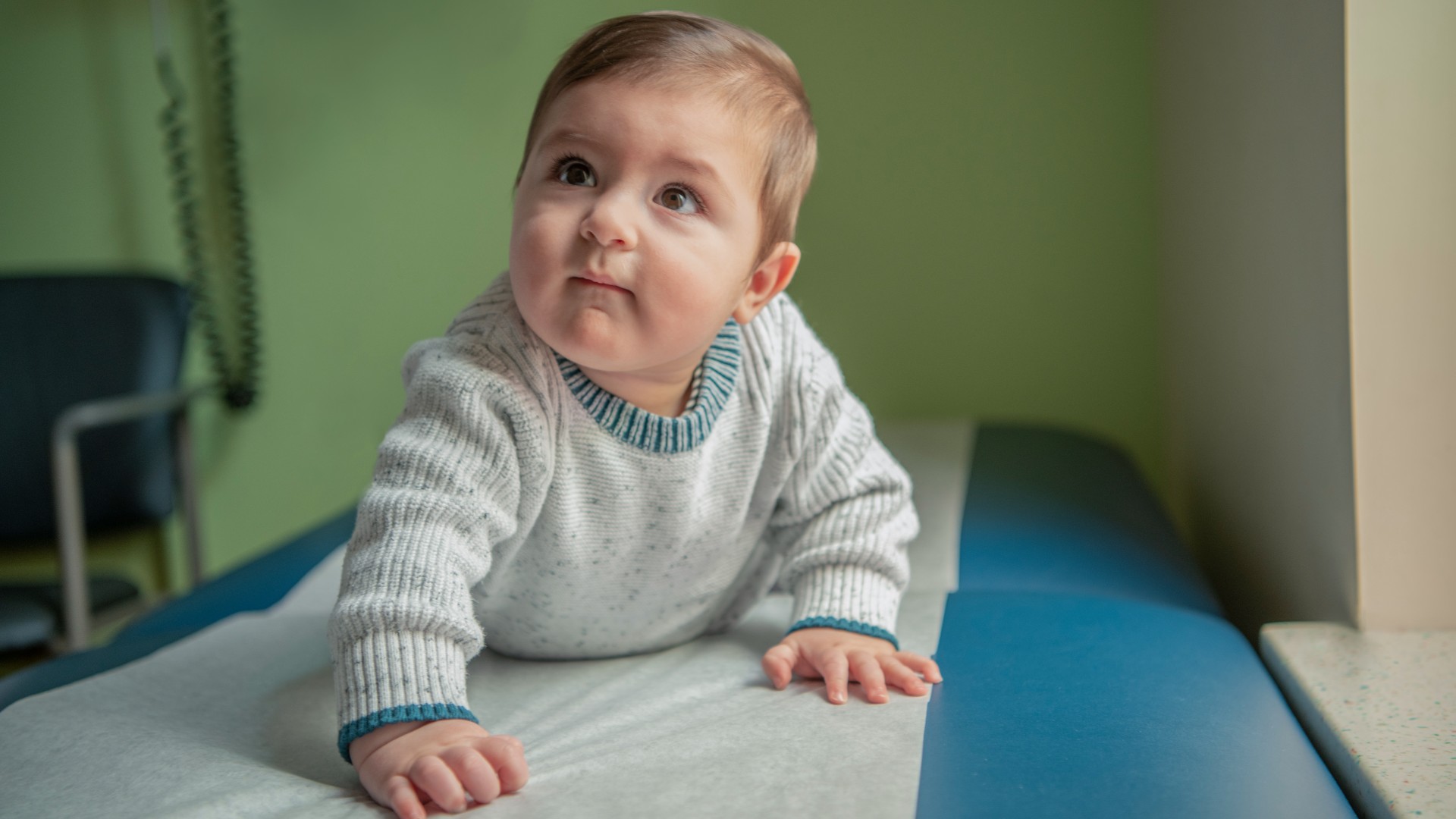Condition
Pediatric Horseshoe Kidney
Key Points about Horseshoe Kidney (Renal Fusion) in Children
- Horseshoe kidney is when the two kidneys join (fuse) together at the bottom. They form a 'U' shape like a horseshoe. It is also known as renal fusion.
- The condition occurs when a baby is growing in the womb, as the baby’s kidneys move into place. Horseshoe kidney can occur alone or with other disorders.
- Researchers aren’t sure exactly why horseshoe kidney occurs. It may be caused by a problem with chromosomes. Horseshoe kidney can occur along with some genetic disorders, such as Turner syndrome and Edward syndrome.
- About 1 out of 3 children with horseshoe kidney will have a problem with the heart and blood vessels, nervous system or genitourinary system.
- There is no treatment needed for the fused kidney, but sometimes horseshoe kidneys are associated with UPJ obstruction. The condition can’t be changed or cured. But a child with no symptoms may not need any treatment.
Frequently Asked Questions
What is horseshoe kidney?
What causes horseshoe kidney?
Which children are at risk for horseshoe kidney?
What are the symptoms of horseshoe kidney?
How is horseshoe kidney diagnosed?
How is horseshoe kidney treated?
What are possible complications of horseshoe kidney?
How can I help my child live with horseshoe kidney?
When should I call my child’s healthcare provider?
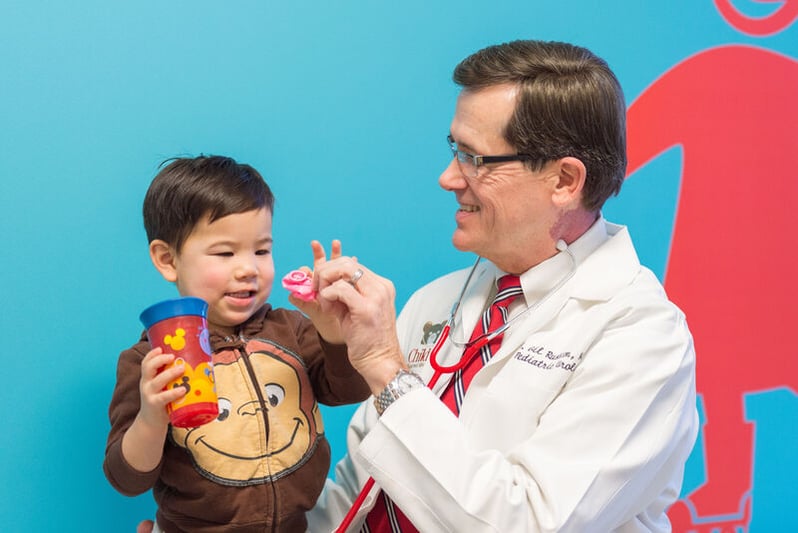
Urology Treatment at Children's National Hospital
The Division of Urology at Children's National Hospital offers expert care and advanced diagnostic testing in a family-centered environment. Discover more about the treatment we offer.

Providers Who Treat Horseshoe Kidney
 Aasha's Rare Gift Will Help Other Babies Grow up Healthy
Aasha's Rare Gift Will Help Other Babies Grow up HealthyTesting the descrption field
Departments that Treat Horseshoe Kidney
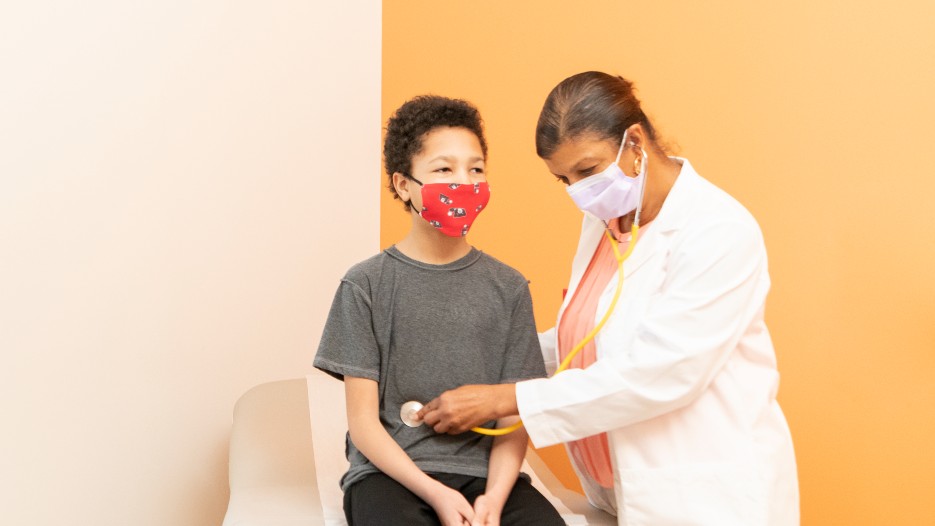
Kidney Disease (Nephrology) Care
Learn how our highly skilled team works across divisions to manage the full range of kidney diseases in children, including dialysis and kidney transplantation.





